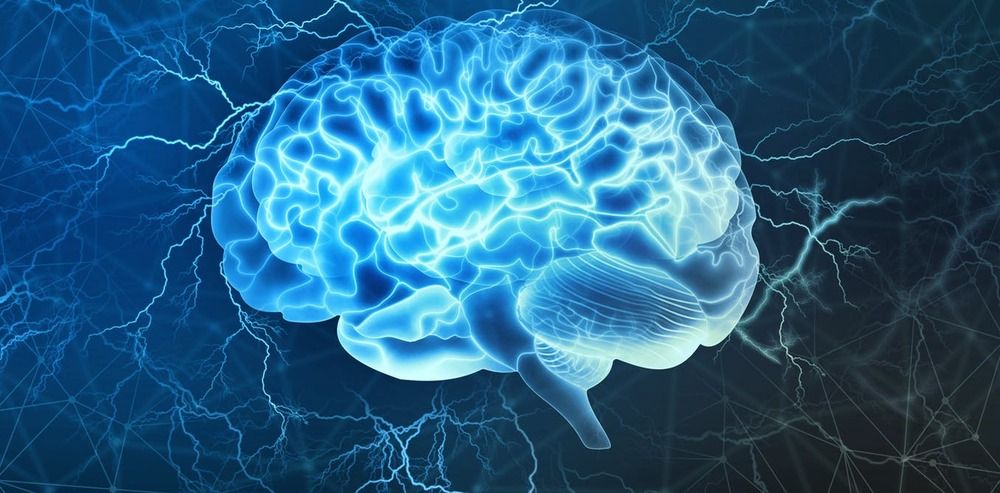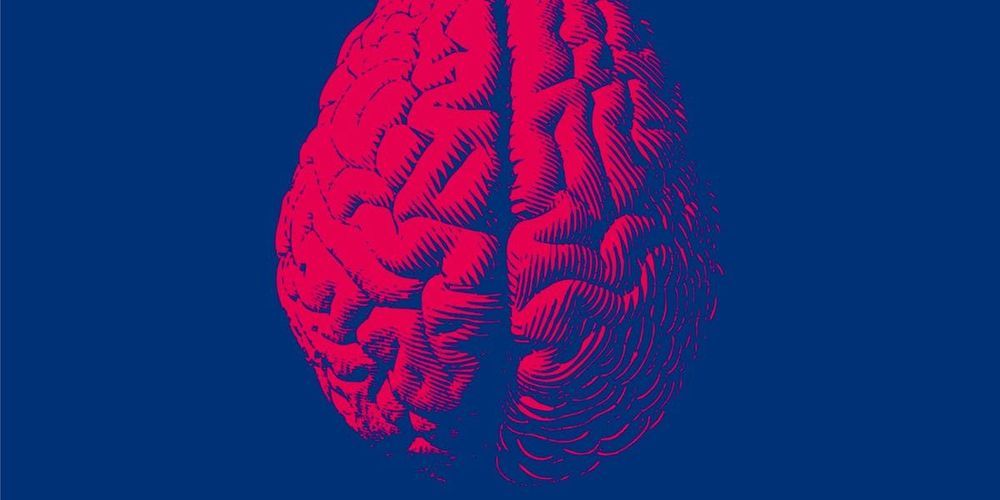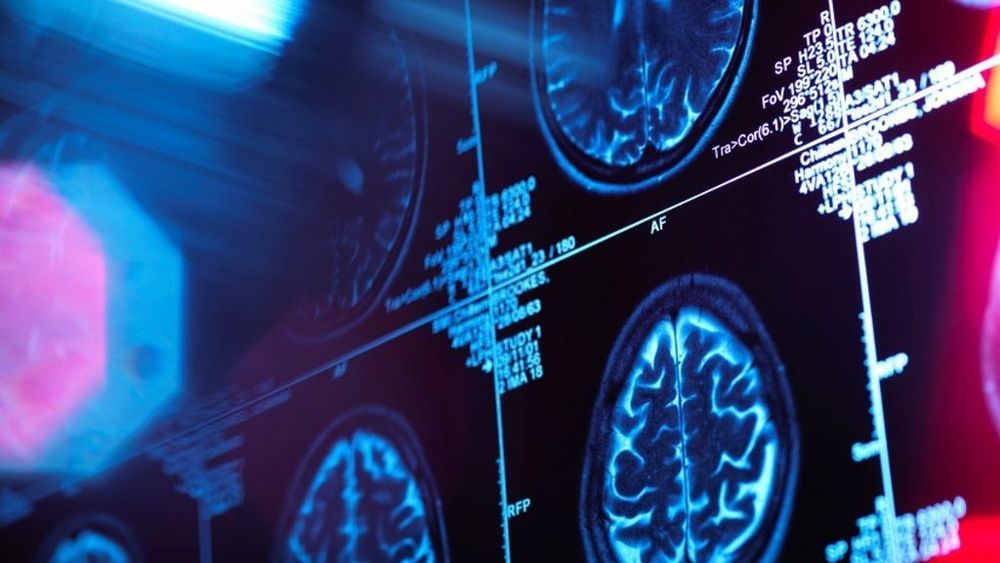Qantas will test how pilots and passengers withstand a 20-hour nonstop from New York to Sydney, monitoring brain activity and melatonin levels during the flight.



In response to the utter inadequacy of materialism to account for the mind, several philosophers have suggested panpsychism as a solution to the mind–body problem. Perhaps, they argue, all matter is inherently conscious but more primitive aggregates of matter may only have primitive consciousness. From that perspective, humans are very conscious and electrons are maybe just a little bit conscious.
Philosopher Philip Goff:
The panpsychist offers an alternative research programme: Rather than trying to account for consciousness in terms of utterly non-conscious elements, try to explain the complex consciousness of humans and other animals in terms of simpler forms of consciousness which are postulated to exist in simpler forms of matter, such as atoms or their sub-atomic components. This research project is still in its infancy. But a number of leading neuroscientists, such as Christof Koch and Giulio Tononi, are now finding that working within a panpsychist framework bears fruit. The more fruit is borne by this alternative research programme, the more reason we have to accept panpsychism.

Some researchers continue to insist that simulating neuroscience with computers is the way to go. Others, like me, view these efforts as doomed to failure because we do not believe consciousness is computable. Our basic argument is that brains integrate and compress multiple components of an experience, including sight and smell – which simply can’t be handled in the way today’s computers sense, process and store data.
Brains don’t operate like computers
Living organisms store experiences in their brains by adapting neural connections in an active process between the subject and the environment. By contrast, a computer records data in short-term and long-term memory blocks. That difference means the brain’s information handling must also be different from how computers work.

The human brain is always on—trillions of electric currents and transmissions from neuron to neuron flicker constantly. Surprising new research, from the Blavatnik Institute at Harvard Medical School, suggests the secret to living longer may lie in this neural activity, which speeds up and slows down as we age.
Over-excitation, or too much activity in the brain, was linked to shorter life spans, a study published on Wednesday in the journal Nature has found. Meanwhile, suppressing neural over-excitation actually extends life. The study, based on data from humans brains, mice, and worms, is the first showing that the nervous system influences longevity.

The core of what we do at Nanalyze is to tell our readers all they need to know about investing in emerging technologies. Sometimes that story is much, much bigger, and what we’re really talking about is investing in emerging industries. NewSpace is one example, launching about 15 years ago with the emergence of companies like SpaceX and Virgin Galactic. It’s probably only within the last five years that the NewSpace industry has achieved real liftoff, with dozens of startups doing everything from offering launch services to building satellites to developing business analytics from space-based imagery. While we may one day end up living on Mars, we’re more interested in living a long and fruitful life right here on Mother Earth, despite the specter of cancer and dementia. An entire industry is coalescing around human longevity, promising to beat these age-related diseases and extend our lives to biblical proportions.
We’ve been covering the topic of life extension for more than five years, beginning with a profile on an anti-aging company called Human Longevity Inc, whose founders include billionaire serial entrepreneur Peter Diamandis and J. Craig Venter, a leading genomics expert. More recently, we introduced you to nine companies developing products in regenerative medicine, a broad category that refers to restoring the structure and function of damaged tissues or organs. We also tackled the more controversial topic of young blood transfusions earlier this year, as well as covered the 2019 IPO of Precision BioSciences (DTIL), a gene-editing company that wants to fight disease and re-engineer food.


It is bright yellow, can creep along at a speed of up to 4 centimeters (1.6 inches) per hour, can solve problems even though it doesn’t have a brain and can heal itself if it is cut in two.
Meet the “blob,” an unusual organism which will go on display Saturday at the Paris Zoological Park, as part of a first-of-its-kind exhibition intended to showcase its rare abilities.
The slime mold, which is known officially as physarum polycephalum (or “the many headed slime”) is neither a plant, an animal or a fungus. It doesn’t have two sexes — male and female — it has 720. And it can also split into different organisms and then fuse back together, according to a press release from the Zoological Park.
The industry science behind EMF radiation is more corrupt than that of climate science, and has been so since the beginning. With the imminent rollout of 5G, no scientific studies have been done on exposure to humans at any distance. ⁃ TN Editor.
Neurosurgeon and researcher Dr. Leif Salford has conducted many studies on radio frequency radiation and its effects on the brain. Dr. Salford called the potential implications of some of his research “terrifying.” Some of the most concerning conclusions result from the fact that the weakest exposure levels to wireless radiation caused the greatest effect in causing the blood brain barrier to leak.
Since he began his line of research in 1988, Dr. Leif Salford and his colleagues at Lund University Hospital in Sweden has exposed over 1,600 experimental animals to low-level radiation. Their results were consistent and worrisome: radiation, including that from cell phones, caused the blood-brain barrier–the brain’s first line of defense against infections and toxic chemicals–to leak.
Integrated Health Systems, in partnership with Maximum Life Foundation, is funding a trial to rejuvenate microglial cells using telomerase gene therapy. This trial is currently looking for ten patients with mild to moderate Alzheimer’s Disease. At this time five of the positions have been filled. The trial will be conducted in MONTEREY, Mexico. Treatment is …“Alzheimer’s Gene Therapy Human Study Seeks Volunteers”